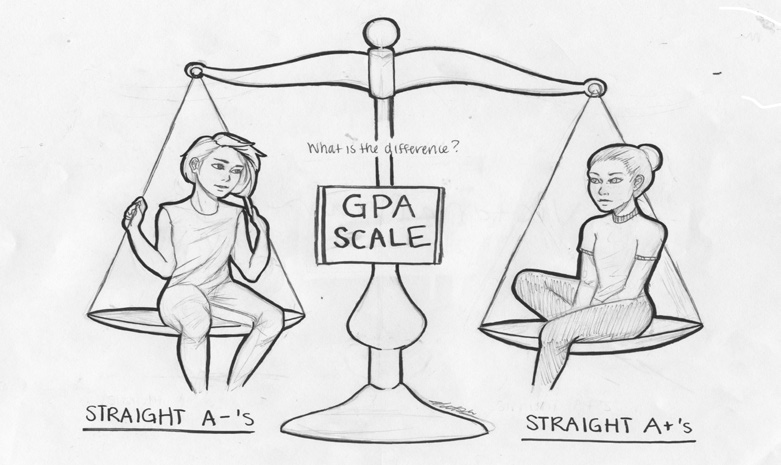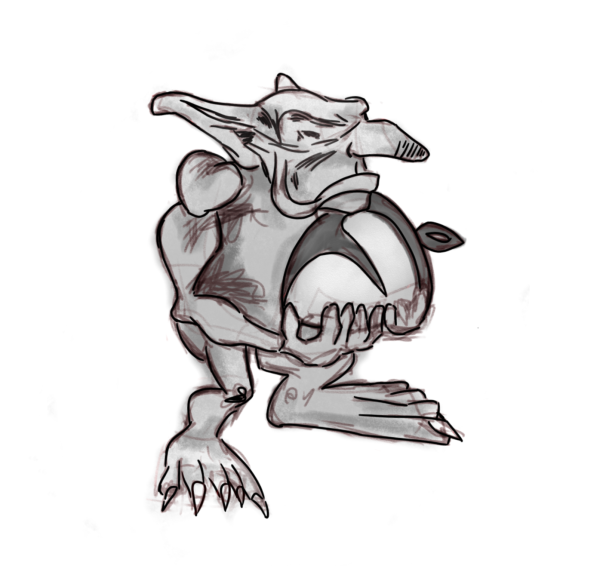A GPA is a Poor Measure of Anything
A student’s academic capabilities are largely demonstrated by one number, the GPA. It is calculated by summing up all the points a student earned from the grades he or she received from classes and dividing the total by the amount of classes the student took to find the average. An A is worth four points, a B is three, a C is two, and a D or an F is worth zero. Weighted classes such as AP, IB, or UC-approved honors classes are worth an extra point with a C or better. However, despite the critical importance of this four-point scale, there are several problems with this method. As a result, students’ overall intelligence and effort are inaccurately displayed by the GPA system.
Students at CHS have the liberty of being able to choose the number of classes they take as long as they meet all the graduation requirements. Many students have a first through seventh period schedule to take an additional elective and aid them in completing their credits. Some students who do not need to take six or seven classes to finish their credits may take less than the normal amount of classes in a year. A student taking seven classes with three of them being weighted cannot achieve the same GPA as another student taking five classes with three weighted, even if they both received A’s for all of their classes. This is because GPA is calculated by taking the average of all of one’s classes. It is unfair that these students who want to learn more and take more classes are at a disadvantage when their GPA is calculated. Even though the student taking seven classes has to wake up earlier to go to school, leave later, work harder to earn an A in two extra classes, and have an overall larger workload, he or she would end up with a lower GPA than the student taking five classes. This is a completely erroneous representation of students’ intelligence and effort, and students’ ranks in their class could be dramatically altered.
Another defective factor of the GPA system is negligence of minuses and pluses in students’ grades. A student who receives all A+’s has the same GPA and rank as another student who receives all A-’s even though it is significantly more difficult to receive an A+ than an A-. This is also an inaccurate representation of a student’s overall intelligence and academic effort. It almost certainly will discourage students from aiming for perfection because the results do not carry over to their GPA. This deficiency discourages students from putting their best effort into their classes and going on to the next level of academic success.
GPA and class rank are both very important factors of a student’s resume and affects their college applications greatly. Faults in these systems can affect students’ futures and chances for success. The method for calculating GPA should be re-examined when including a different number of classes than the average amount of six at CHS and when taking minuses and pluses of students’ grades into account to prevent negative effects from occurring. Pluses should raise the amount of grade points for each class by 0.5, and minuses should lower them by 0.5. When addressing the different amount of classes students take, the GPA system should add or subtract points for each additional or fewer class to the total average. This will give students approximately the same GPA as if they were taking the normal amount of six classes. Fixing these issues would create a more reliable and accurate way of deciphering a student’s overall intelligence and achievements. Moreover, would help encourage students to challenge themselves to get an A+ in a class or push themselves to take more classes.
Hello there! Our goal is to provide relavent, engaging journalism for readers of all ages. Your donation will support the student journalists of the Wolfpacket at Claremont High School, and will allow us to purchase equipment, print our monthly issues, and enter in journalism competitions. We appreciate your consideration!

Shane Jung is a Senior at CHS and is one of the Assistant Editor in Chiefs for the Wolfpacket. He has found a love for writing through his time as a...






